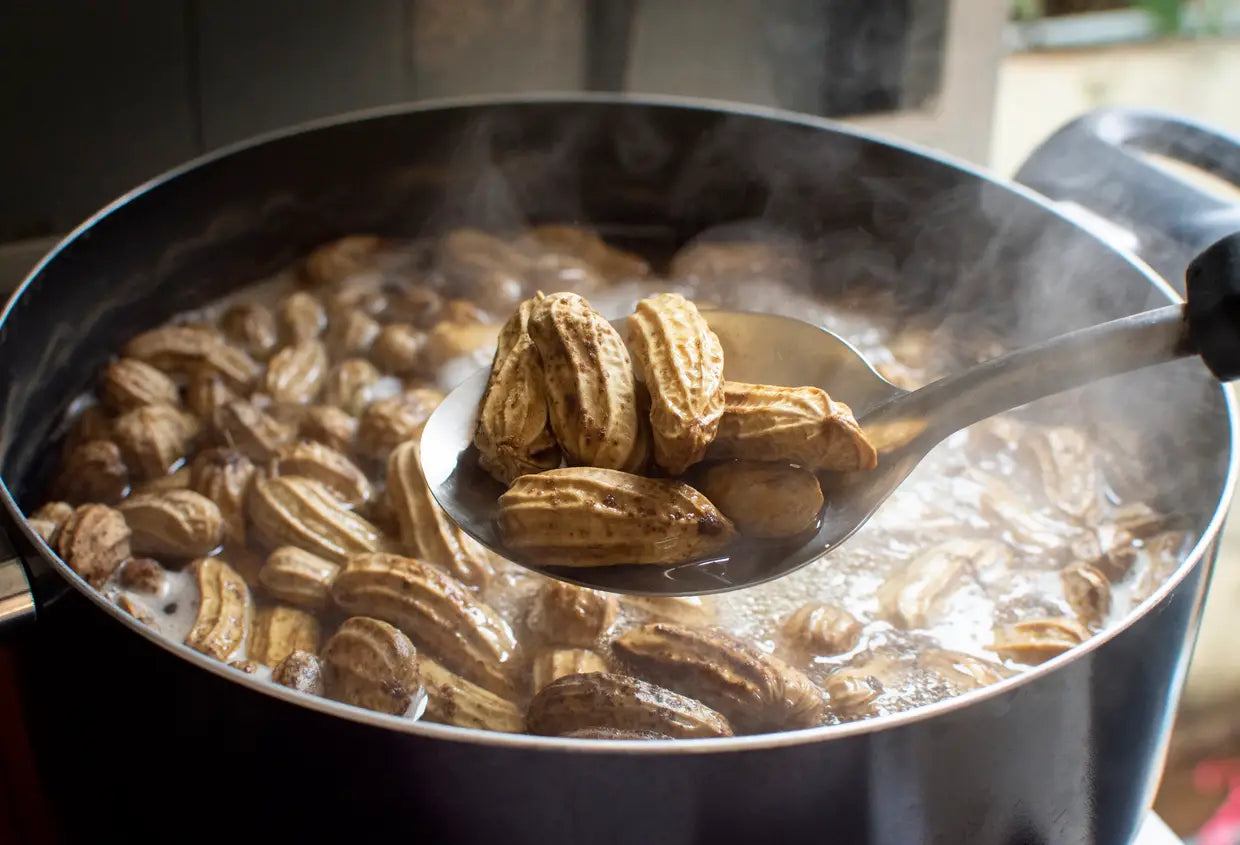
The Delicious Taste Oyster Steaming
Oyster SteamersFrom Sea to Table: Exploring the Delicious Tast of Oyster Steaming
Oyster steaming has a long and rich history that dates back to ancient times. The practice of steaming oysters can be traced back to the indigenous peoples of North America, who used hot rocks and seaweed to steam oysters in pits dug into the ground. This method of cooking oysters was not only a way to prepare food, but also a social and cultural tradition that brought communities together. As European settlers arrived in North America, they adopted the practice of steaming oysters and incorporated it into their own culinary traditions.
In the 19th century, oyster steaming gained popularity in the United States, particularly in the coastal regions of the East Coast. Oyster houses and seafood markets began to offer steamed oysters as a popular menu item, and the practice of steaming oysters at home became a common way for families to enjoy this delicious and nutritious seafood. Today, oyster steaming continues to be a beloved cooking method, with a wide variety of flavor combinations and toppings that make it a versatile and satisfying dish for seafood lovers around the world.
Choosing the Perfect Oysters for Steaming
When it comes to steaming oysters, choosing the right type of oyster is crucial for achieving the best flavor and texture. There are many different varieties of oysters available, each with its own unique taste and characteristics. Some popular types of oysters for steaming include Pacific oysters, Eastern oysters, and Kumamoto oysters. Pacific oysters are known for their plump and juicy meat, while Eastern oysters have a briny and mineral-rich flavor. Kumamoto oysters are smaller in size and have a sweet and buttery taste.
When selecting oysters for steaming, it’s important to choose ones that are fresh and alive. Look for oysters that are tightly closed and have a clean and unbroken shell. Avoid oysters that have a strong fishy odor or are open, as this may indicate that they are no longer safe to eat. Additionally, consider the size of the oysters when choosing them for steaming. Larger oysters may take longer to cook, while smaller ones may cook more quickly. Ultimately, the perfect oysters for steaming are ones that are fresh, alive, and suited to your personal taste preferences.
Essential Tools and Equipment for Oyster Steaming
To successfully steam oysters at home, there are a few essential tools and equipment that you will need to have on hand. One of the most important items is a large pot with a tight-fitting lid, which will be used to steam the oysters. A steaming rack or basket is also necessary to elevate the oysters above the boiling water and allow them to cook evenly. Additionally, a pair of sturdy tongs or a heatproof glove will be needed to handle the hot oysters safely.
Other useful tools for oyster steaming include a small knife for shucking the oysters, a brush for cleaning the shells, and a kitchen towel for gripping the shells while shucking. It’s also helpful to have a timer or clock nearby to keep track of the cooking time. For serving the steamed oysters, consider investing in a set of oyster knives and a large platter or serving dish. With these essential tools and equipment in your kitchen, you’ll be well-prepared to steam delicious oysters at home.
Step-by-Step Guide to Steaming Oysters
Steaming oysters at home is a simple and straightforward process that can be easily mastered with a few basic steps. To begin, start by thoroughly cleaning the oysters under cold running water to remove any dirt or debris from the shells. Next, use a small knife to carefully shuck the oysters by inserting the blade into the hinge of the shell and twisting it to pry the shell open. Be sure to discard any oysters that are already open or have a strong odor, as these may be spoiled.
Once the oysters are cleaned and shucked, prepare a large pot with about an inch of water and bring it to a boil over medium-high heat. Place a steaming rack or basket in the pot, then arrange the cleaned oysters on top in a single layer. Cover the pot with a tight-fitting lid and steam the oysters for about 5-7 minutes, or until they open slightly. Use tongs or a heatproof glove to carefully remove the hot oysters from the pot and transfer them to a serving platter.
Delicious Flavor Combinations and Toppings for Steamed Oysters
One of the best things about steamed oysters is their versatility when it comes to flavor combinations and toppings. There are countless ways to enhance the natural briny sweetness of oysters with delicious ingredients that complement their delicate flavor. Some classic toppings for steamed oysters include melted butter, fresh lemon juice, and a sprinkle of chopped parsley. For a spicy kick, consider adding a dollop of cocktail sauce or a few drops of hot sauce.
If you’re feeling adventurous, experiment with unique flavor combinations such as garlic butter, Parmesan cheese, or even bacon and blue cheese. For a taste of the tropics, try topping steamed oysters with diced mango, cilantro, and a drizzle of coconut milk. The possibilities are endless when it comes to creating delicious flavor combinations for steamed oysters, so don’t be afraid to get creative and try new ingredients to find your perfect pairing.
Health Benefits of Eating Steamed Oysters
In addition to being delicious, steamed oysters also offer a wide range of health benefits that make them an excellent choice for seafood lovers. Oysters are an excellent source of lean protein, which is essential for building and repairing muscle tissue in the body. They are also rich in essential nutrients such as zinc, iron, and vitamin B12, which play important roles in supporting immune function, energy production, and overall health.
Furthermore, oysters are low in calories and fat, making them a nutritious option for those looking to maintain a healthy diet. They are also high in omega-3 fatty acids, which have been shown to reduce inflammation and lower the risk of heart disease. Additionally, oysters are an excellent source of antioxidants such as selenium and vitamin E, which help protect cells from damage caused by free radicals. With their impressive nutritional profile, steamed oysters are not only delicious but also offer numerous health benefits that make them a smart choice for anyone looking to enjoy a nutritious seafood dish.
Oyster Steaming: A Sustainable and Eco-Friendly Dining Option
In addition to being delicious and nutritious, oyster steaming is also a sustainable and eco-friendly dining option that supports responsible seafood consumption. Oysters are filter feeders that help improve water quality by removing excess nutrients from their surrounding environment. By consuming plankton and algae from the water, oysters play an important role in maintaining healthy marine ecosystems and promoting biodiversity.
Furthermore, oyster farming practices are generally considered to be environmentally friendly, as they require minimal inputs such as feed and energy compared to other forms of aquaculture. Oyster farms also provide valuable habitat for other marine species and can help protect coastlines from erosion. By choosing to enjoy steamed oysters as part of your diet, you can support sustainable seafood practices and contribute to the conservation of marine ecosystems. With their delicious flavor, nutritional benefits, and positive environmental impact, steamed oysters are an excellent choice for anyone looking to enjoy a sustainable and eco-friendly dining experience.


